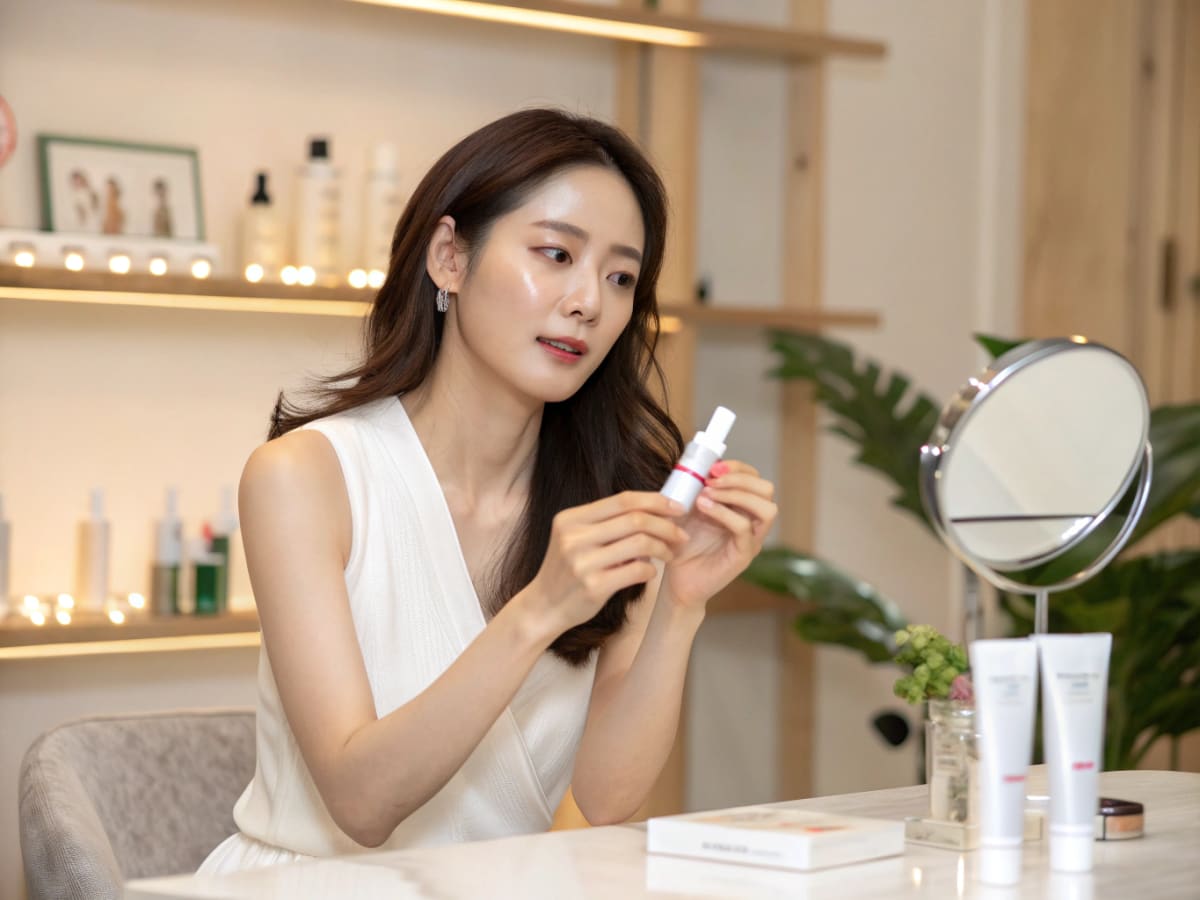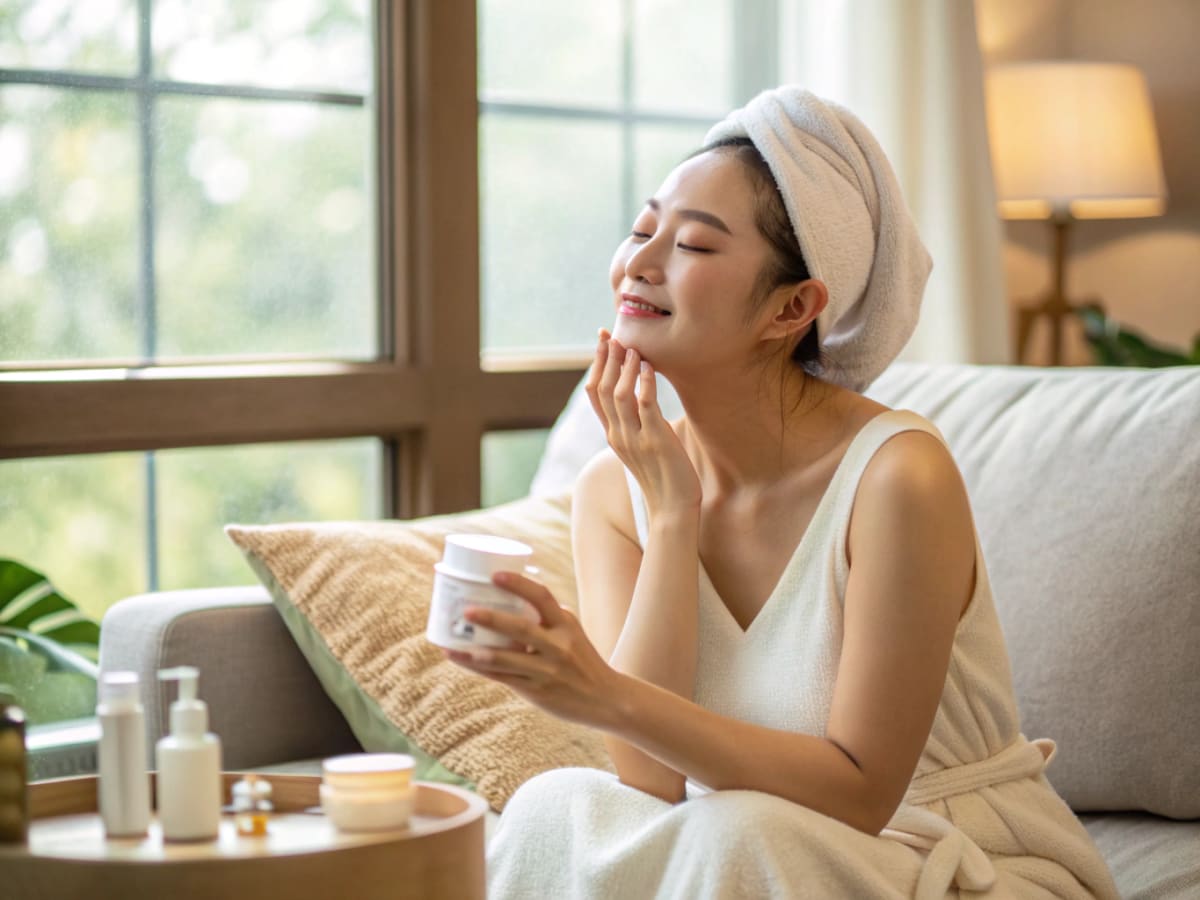
Concern Raised About the Safety of Pharmacy Skincare Products: Experts Emphasize Caution in Use Without Prescription
Recently, skincare products sold at pharmacies have attracted a lot of attention on social media as 'pharmacy skincare products'. These products have become popular due to the advantage of providing skincare at a relatively low cost and with convenience, but several experts warn against the indiscriminate use of these products. In this article, we will delve into the background of pharmacy skincare items' popularity, their precautions for use, and case studies of side effects.
The Popularity Background of Pharmacy Skincare Products
As skincare products sold in pharmacies become a hot topic on social media, many consumers are looking for these products. For example, a 30-year-old woman started using a pharmacy ointment after seeing information on social media about its efficacy for acne. This belief that pharmacy products, which do not require a prescription and are effective as medications, encourage consumers to make purchases. A YouTube video where a plastic surgeon explains how to use a specific ointment for wrinkle improvement has garnered over 10 million views, marking significant popularity.
With this trend spreading, pharmacies are sometimes experiencing shortages of specific products. A pharmacist noted, "There is an increasing number of customers asking, ‘I heard this product is good for the skin,’ and looking for it."
"There is an increasing number of customers directly asking, ‘I heard this product is good for the skin’ while looking for products" "Mixing it with the moisturizer you usually use can achieve effects similar to expensive cosmetics"
Since the active ingredient content in pharmacy products is often higher than in cosmetics, they can help with certain skin conditions. A dermatologist explains, "Dexpanthenol is effective for skin barrier recovery and moisturizing, while centella extract is effective for wound healing and scar prevention. Antibacterial and anti-inflammatory ingredients can also help improve acne."

Precautions with Medicinal Products
However, because these products were developed as medicines for therapeutic purposes, experts do not recommend indiscriminate use. Prolonged use can actually cause milia or acne, and allergic reactions can occur due to certain ingredients. They particularly warn that mixing products can cause unforeseen side effects.
"Medicines are originally intended for different purposes and are mostly used to treat injuries such as abrasions" "As the nature of the product changes, it can become an entirely different substance"
For example, using a moisturizer together with ointment intended for skin regeneration can cause an unexpected chemical reaction between the components, potentially diminishing the desired effects and causing side effects. It is safer to apply them at different times, with a recommendation to apply cosmetics about 30 minutes after medicinal use.
Case Studies of Side Effects After Using Pharmacy Products
There have been cases where misuse of pharmacy products caused skin issues. Some cases involve worsened milia or acne due to the prolonged use of dexpanthenol, and some cases involved dermatitis following the use of centella extract products.
If side effects occur, it’s advised to immediately stop using the product and visit a dermatologist. If the symptoms are not severe, consulting with a pharmacist and taking appropriate measures is possible. However, for long-term and safe skin care, it is better to use cosmetics when the skin condition is stable.
"Allergic dermatitis due to ingredients in medicines is not uncommon" "If the skin is in a stable condition, it is better to use cosmetics than pharmacy products"
While using topical ointments or antihistamines can alleviate symptoms when specific conditions are present, it should not be used for extended periods without professional diagnosis.

Cosmetic vs. Treatment: The Role of Cosmetics
It's important not to confuse treatment with cosmetic purposes. When using pharmacy products for treatment, remember that cosmetics should be applied 30 minutes after applying the medicine. This reduces the risk of altering the properties of both the medicine and the cosmetics simultaneously, which could diminish the effects or cause side effects. Experts recommend selecting and consistently using cosmetics as a safer option.
Changing the order is also possible, but effort should be made to ensure that the medicine and cosmetics are not applied at the same time by allowing a time interval. Interactions between components can reduce skin permeability or cause irritation.
In Conclusion
Extra care is needed when using medicines sold at pharmacies for skincare purposes. These products are originally medicinal for therapeutic purposes, and indiscriminate use can cause side effects. Therefore, using them cautiously and consulting a specialist immediately if side effects occur is important. Using cosmetics in a stable skin condition can result in safer and more efficient skincare management.


If you need stable skincare, inquire about the safe use of cosmetics with YURICO5 Inquiry. When combined with consistent care and proper knowledge, you can maintain skin health. Homepage: https://yuricos.co.kr/
